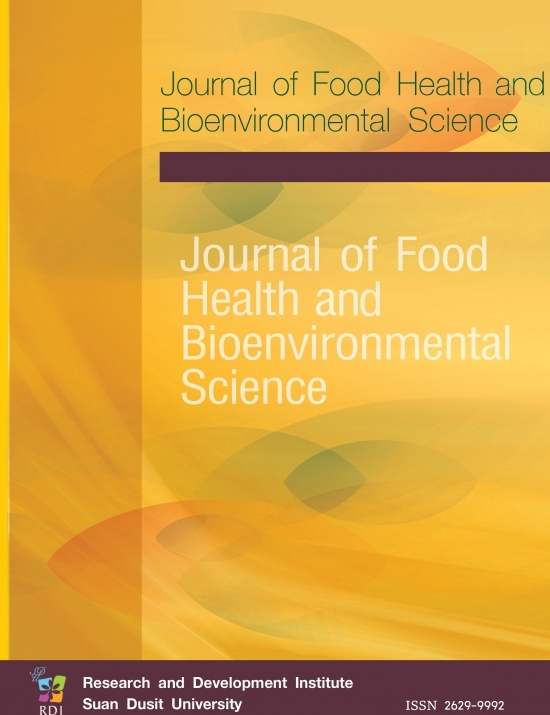Chemical Fate and Transport in the Environment (Third Edition)
Keywords:
Chemical FateAbstract
When one wants to treat environmental pollutions,
choosing treatment techniques is an important key to the
successful remediation. Therefore, it is critical to
determine how a pollutant behaves once it goes into the
environment, as mostly known as the fate and transport
of a contaminant. This book, written by Harold F.
Hemond & Elizabeth J. Fechner, describes well on how
one chemical changes, transforms, and transports into
various environmental phases. While this book is divided
into separated topics according to the environmental
phases: soil, water, and air, it shows the interconnected
concepts linking each chapter together so that the reader
will be able to relate the information together when
proceeding through the book.
The first chapter provides basic concepts starting
from the units of concentrations to the equilibrium
partitioning until the more advanced concept such as
Fugacity model, all of which will be useful for the
reader in the later chapters. A reader with solid
background in chemistry might want to skip this chapter;
still, I suggest going through the whole chapter as it is
short and to the point. The second chapter concerning
surface waters offers the understanding of chemical
transport and transformation within different types of
surface water resources. Not only the water movement
but the particle transport and distribution are also
covered. Since a chemical cannot only be transported in
environment but also transformed to intermediates and
products, the second chapter provides details on both
abiotic and biotic transformations. The only problem I
found using this book is that the time to spend for this
second chapter of surface water is quite long, which is
due to the fact that there are so many topics condensed
into one chapter. After that, the third chapter contains
subsurface environment involving water and soil (and
even the air compartment within soil). The famous
Darcy’s law was also described well. Similar to the
previous chapter, not only movement but also the
degradation of a chemical in environment is provided.
The last chapter covers the atmosphere where the reader
will learn about atmospheric movement, air circulation,
and both outdoor and indoor pollutions. Lastly, in the
Appendix, the description of units for environmental
quantities is given. I suggest the reader to have a look
at this chapter as it is very useful when dealing with
calculations in this book.
In conclusion, I would recommend acquiring this
book if you are teaching or studying in the fields related
to environmental science and engineering. This book is
friendly and easy enough for the readers who have already
passed undergraduate scientific courses; however, to
fully understand the concept, extra study might be
needed in some topics. As it was intended by the authors,
and I concurred, this book covers nicely on every basic
principle you need to grasp a deep understanding about
the fate and transport of a contaminant in environment.








